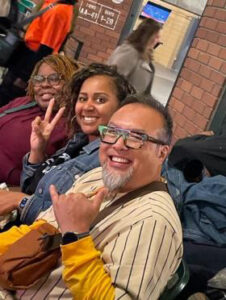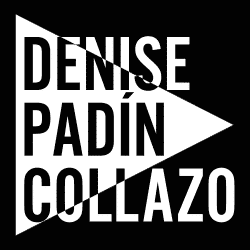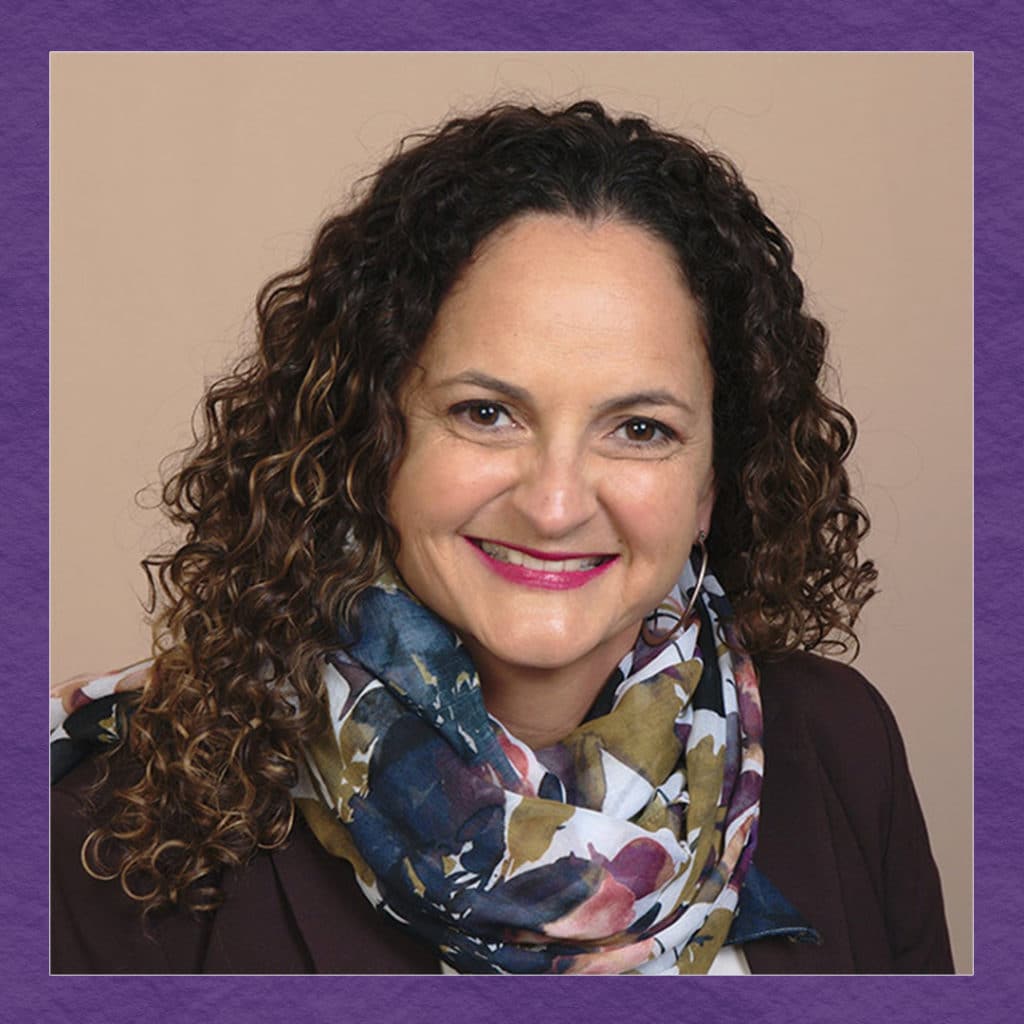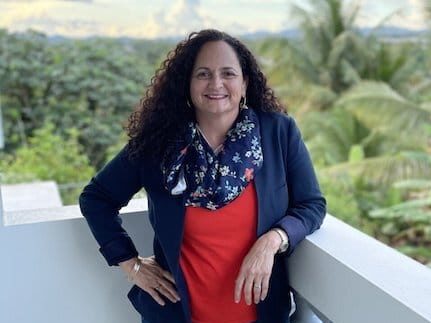When I was in elementary school, I spent many an afternoon standing, sitting, and bounding around the vinyl kitchen chairs with my Dad teaching me the times tables. When I would miss one he would chide and belittle me, tease me, and shame me. He would wonder out loud how I could possibly miss 6 x 7 = 42 when a few seconds before I had gotten 7 x 6 right? I love my Daddy and he worships the ground I walk on. His expectations for me were superhuman. Maybe he was making up for his own mistakes.
I’m telling you this story because it led me to hold onto a lifelong belief that I was not good at math.
Until recently, I would have repeated that belief out loud. Yet, it’s actually not true, and I have evidence to prove it. I took calculus at the local community college during my senior year of high school. I graduated from Harvard University having completed all of the requirements for Pre-Medicine studies. Over time I’ve helped my share of teenagers pass the algebras. This shows how it’s possible to believe a lie about yourself and hold onto it despite significant evidence to the contrary.
In her masterpiece novel Saving Fish from Drowning, author Amy Tan pinpoints nails this idea, saying “We often miss out on ninety-nine percent of the beauties of nature because to do so would require vision that is both telescopic and microscopic.” Tan’s words caused me to reflect on what is the ninety nine percent of the beauties of nature that I can’t see in myself. And then, its corollary, how does that impact the way we see (or don’t see) the ninety-nine percent of the beauties of nature in others.
As change agents and community organizers, we are taught to find the gap, the flaw, the crack…in systems, in policies, in the way that workers are being treated. And many people end up in the field of organizing because they have experienced systemic oppression – experiences of homelessness, experiencing church harm, having incarcerated parents, feeling excluded.
Our job is to work together with others to right wrongs.
Faith in Action seeks to become the global spiritual and political home for Black Indigenous People of Color (BIPOC) and our co-conspirators who aspire to build multi-racial, multi-faith democracies. We define organizing as building a base of people who can wield power to create material conditions change in communities most impacted by oppression. We, and many others, are trying to do something that has not yet been done. It is hard.

Despite the difficulty, I remain hopeful. In part, I cling to hope because of all the people who are working day and night to reach out to others. Tireless freedom fighters are giving up their weekends to spend time getting people in their communities to register to vote, sign petitions, and volunteer in service of democracy.
I am hopeful, because I know that we as people aren’t as divided as some would have us think. If you were only to watch the national news each night, you’d think there were only two types of people in this country – Democrats and Republicans. The truth is actually much more nuanced than that. Most Americans have learned to navigate well in a pluralistic society. Last week, I took a plane ride and had the best row-mates I’ve ever had! Joel, Chase, and I became instant friends in row 33 on American Airlines flight from Charlotte to San Francisco. On the cross-country flight we got to know a bit about one another’s families, kids, and histories. If you only listened to the television pundits, you’d wonder where a Puerto Rican woman from California, a White guy from North Carolina, and a Black guy from Brooklyn could find common cause? For hours on the airplane bubble we made a great team. We laughed together, watched football together, ate Pringles and sipped beer.
This is part of what sustains my hope for our country. At the heart of the heart we know that power rests in the relationships. When we are able to tell our stories and listen empathetically to another’s stories, we grow. Together, we become new people.

While in San Francisco, I had the privilege of attending a San Francisco Giants baseball game with some of my colleagues. We are building the relational fabric we need in order to do new and hard things together. I have no idea what it’s like to stand 60 feet away from a pitcher throwing a hardball at my head — let alone try to hit it. Ted Kluszewski, the Major League great who scored 1,766 hits over his career describes how hard it is to hit a major league baseball: “How hard is hitting? You ever walk into a pitch-black room of furniture that you’ve never been in before and try to walk through it without bumping into anything? Well, it’s harder than that.”
Yet, to be considered a good hitter, the best professional baseball players miss 6 out of every 10 times they come to the plate. Kluszewksi’s career batting average of .298 meant he got a hit less than one out of three times at bat.

At Faith in Action we are reimagining and building a global spiritual political home for Black Indigenous People of Color (BIPOC) who aspire to build multi-racial, multi-faith democracies. Doing this can feel scary because when we try big things we wonder what will happen if we fail. Yet so often, we are not able to see the full badassery that lives in ourselves and those around us.
I invite us to consider what happens when we are truly able to see 90 percent of the beauties of nature in all of us. That, my friends, is when we get to the promised land. That’s when believing becomes seeing.





